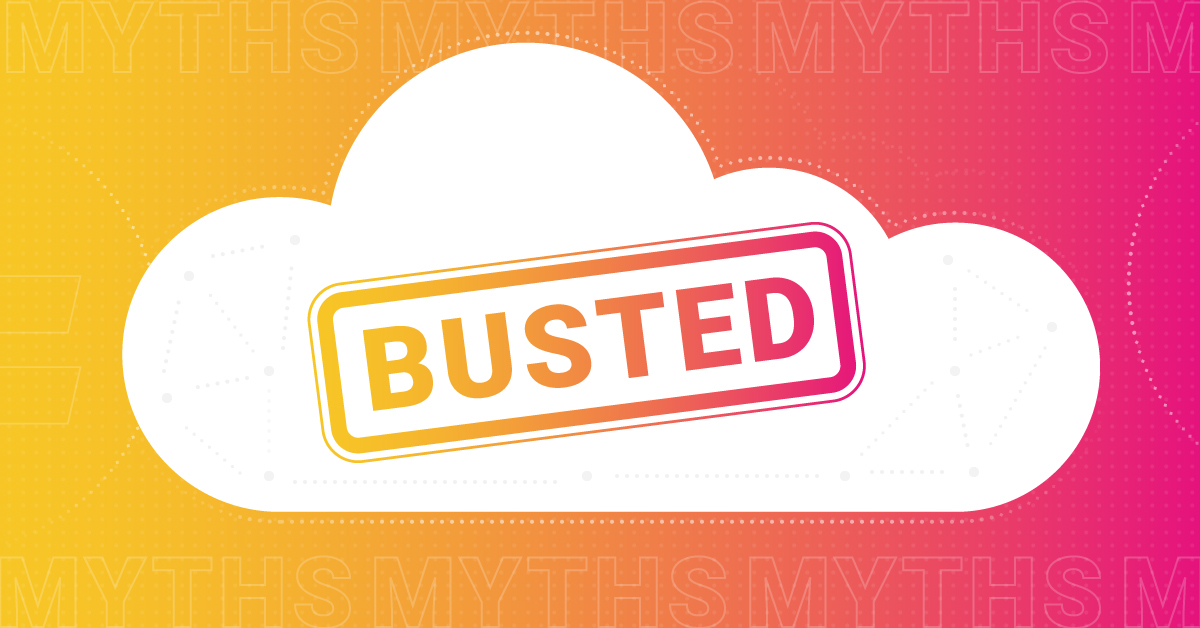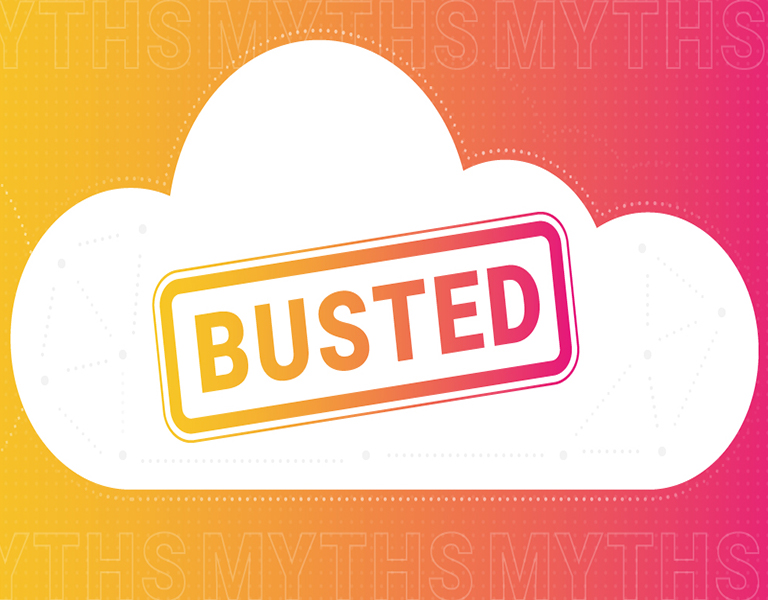We’re about to bust some serious myths about Infor’s multi-tenant cloud in this blog post—so brace yourself! Let’s start by demystifying the real difference between single-tenant and multi-tenant. Single-tenant is a single instance of the software and supporting infrastructure to serve a single customer, while multi-tenant means that a single instance of the software and its supporting infrastructure serves multiple customers.
Let’s look at the top 3 myths that deter businesses from moving to multi-tenant cloud.
1. Multi-tenancy does not support modifications, integrations, or custom business processes
Every business—despite the sales, procurement, supply chain, manufacturing, finance fundamentals it shares with peers—has a unique DNA which drives its success. Many organizations fear that moving to a shared cloud means losing this uniqueness.
Infor’s multi-tenant cloud brings with it several in-built tools that can help extend the standard behavior of Infor M3. If you have a particular business process that sets you apart from the competition or gives you an advantage – multi-tenant cloud will not inhibit you from replicating that process. To ensure your custom processes are replicated when moving to the multi-tenant environment, Infor uses several tools and technologies: Infor ION (for workflows, integrations, and notifications), Mongoose (for extending the standard functionality), Web SDK and External Interfaces (to build complete out-of-the-box software to complement the core ERP).
You may have invested on extensive modifications to your on-prem M3 implementation using the M3 Adaptation Kit (MAK), which you’d like to have in your multi tenant M3 implementation. This can be achieved through the XtendM3 tool, which gives developers the ability to modify M3 business logic on the multi-tenant environment.
2. Losing access to data and ‘my data is safer on my network’ misconception
Data can be categorized based on the purpose it is to be used for:
1. Real-time operational data (e.g., checking stocks)
2. Non-real time data (e.g., financial/month-end reports)
The multi-tenant cloud can dynamically handle both real-time and non-real-time data without affecting the processing of one another. While allowing ION and other database connectors to extract and transform real-time operational data, multi-tenant M3 allows Birst and Infor Compass to query tables in Infor Data Lake, which can be analyzed and then presented in a format that helps you make better business decisions.
“The cloud is less secure” argument discounts the many variables that go into making the cloud deployment decision, such as your organization’s size, existing in-house expertise, who your adversaries are, whether you need to do penetration testing for each deployment, and your organization’s need to scale. (an extract from CIO.com)
Most businesses still claim their data is safer on their own networks. The perception that things outside of my control are innately less secure still exists. However, Infor has taken efforts to secure their environments in a way the average ERP provider could never do. Read more here: https://trust.infor.com/
In addition, cloud service providers invest heavily in cloud security R&D to safeguard data from novel threats that may compromise data. Individual organizations can rarely match this dexterity. For cloud service providers, security is a core competence.
3. Everything will/has to be on the cloud
Another common misconception that needs debunking is ‘all my business processes need to be on the cloud’. Deciding what should and shouldn’t be moved to the cloud should be preceded by a carefully conducted impact analysis. If it is decided that an application should not be moved to the cloud, it still can be linked and integrated to the multi-tenant cloud solution using the tools and technologies available in the Infor technology stack. For example, if you have a third-party collaboration platform or a file management system that sits outside the cloud, it can be integrated with your CloudSuite implementation via Infor ION—Infor’s advanced middleware cloud platform.
In the meantime, based on the outcome of the impact analysis, SOPs, and processes can be defined to ensure users have easy access to data and information to run business as usual.
By Kasun Sandaruwan – Head of Consulting for Americas, Fortude
Subscribe to our blog to know all the things we do


